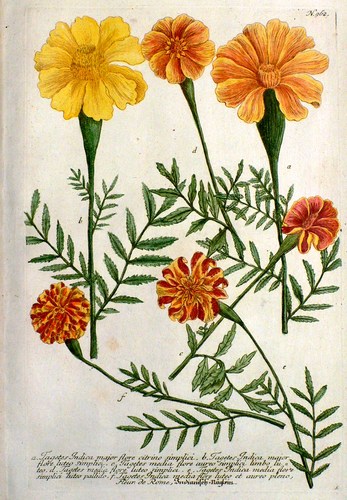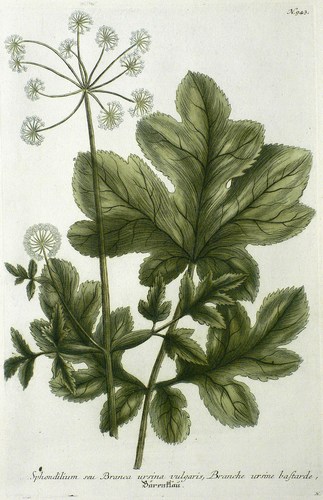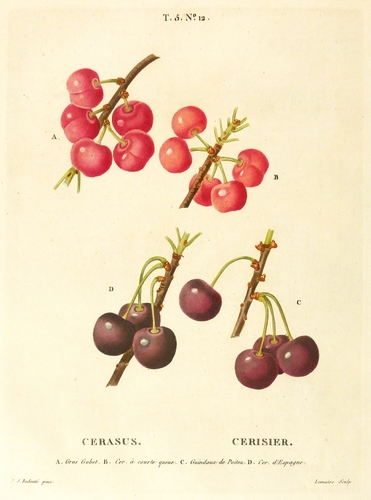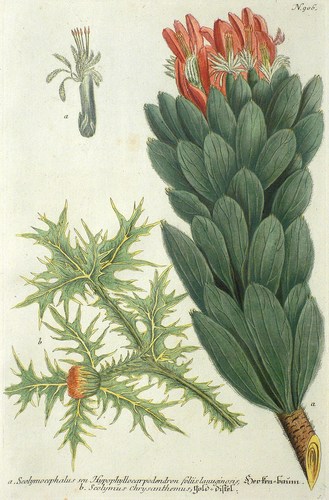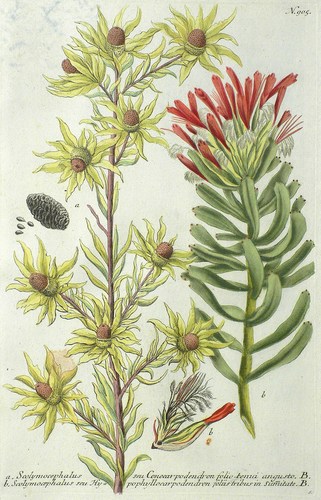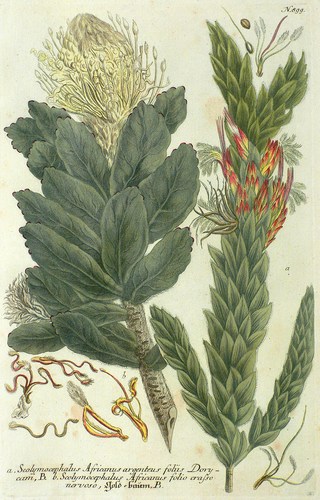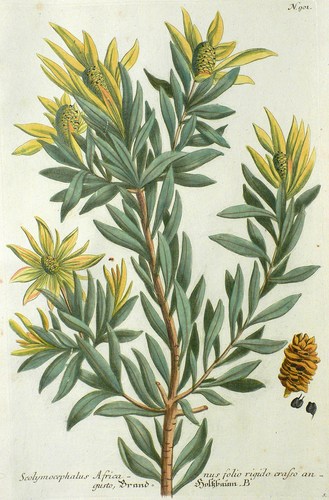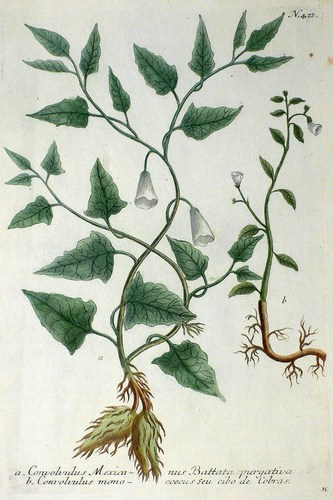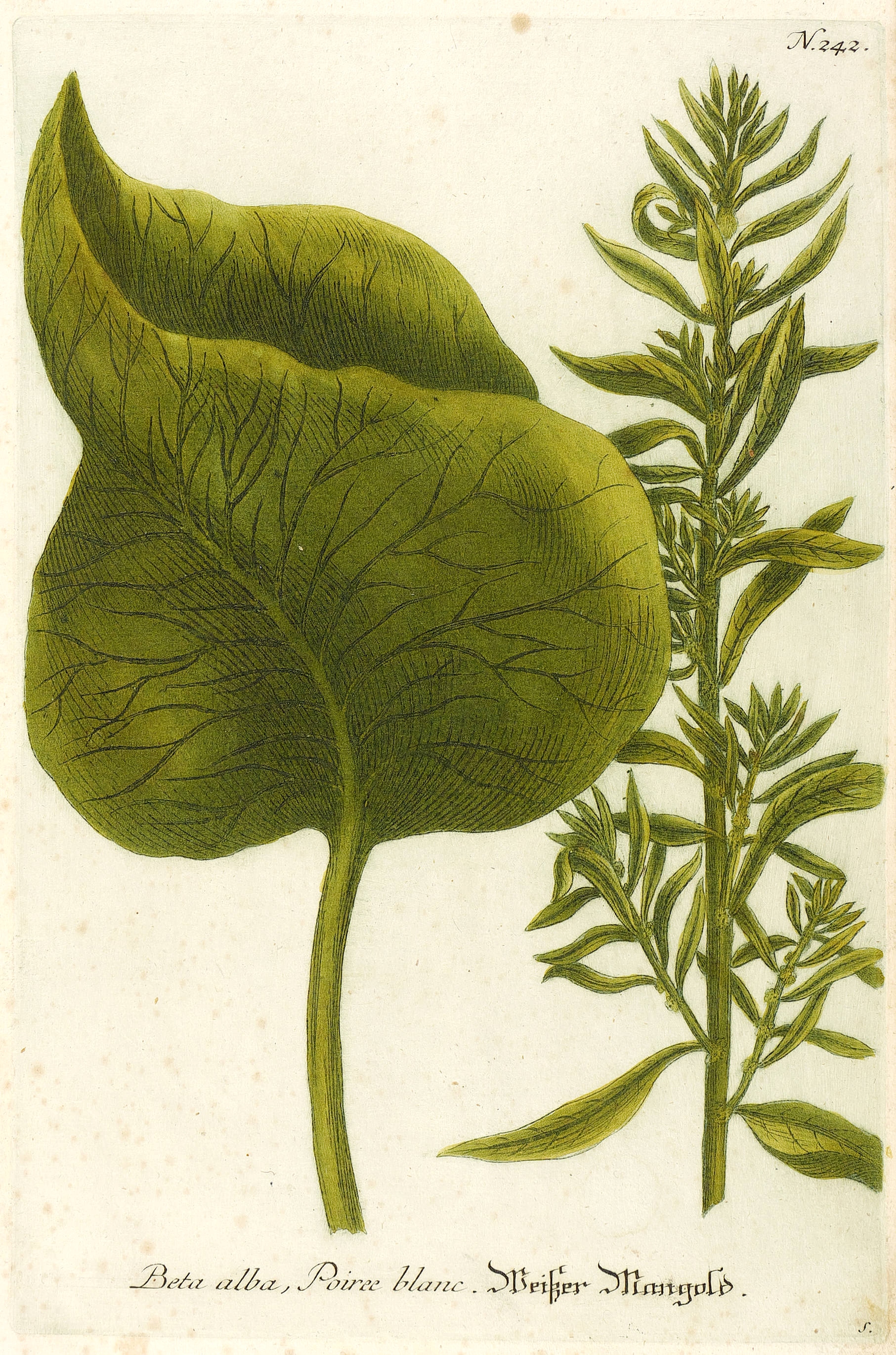

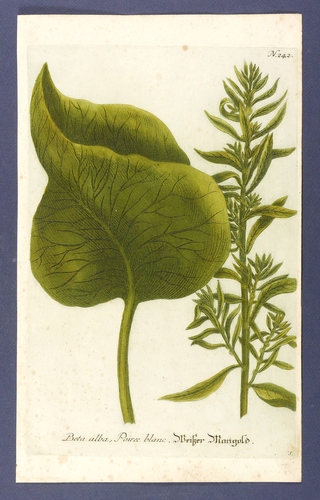
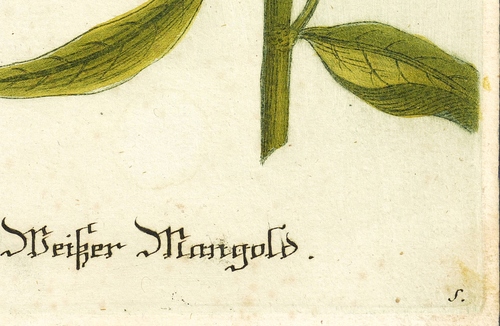
Gemüse. – Mangold. – Weinmann. – „Poiree blanc. Weißer Mangold”.
1739. Kupferstich / Mezzotinto, alt koloriert. – Historische Pflanzendarstellung, von Bartholomäus Seutter. – 32,3 x 21,5 cm (Darstellung / Platte), 37 x 22,5 cm (Blatt).
200,00 €
incl. VAT excl. Shipping
incl. VAT excl. Shipping
0,00 € Germany
8,00 € Europe
26,00 € worldwide
8,00 € Europe
26,00 € worldwide
Aus: Johann Wilhelm Weinmann, Phytanthoza-Iconographia Oder Eigentliche Vorstellung Etlicher Tausend, So wohl Einheimisch- als Ausländischer, aus allen vier Welt-Theilen, in Verlauf vieler Jahre (...) gesammelter Pflantzen, Bäume, Stauden, Kräuter, Blumen, Früchten und Schwämme (Regensburg: Hieronymus Lentz 1737-1745), Bd. 2 (1739). – In der Platte rechts unten monogrammiert, rechts oben Tafel-Nr. ″242″, unten mittig ausführliche Inschrift: ″Beta alba, Poiree blanc. Weißer Mangold″ – Bei der Herstellung der Tafeln arbeiteten die Augsburger Künstler Bartholomäus Seutter, Johann Jakob Haid und Johann Elias Ridinger zusammen. Die Kupfer wurden in einer für die Zeit revolutionären Weise farbig gedruckt und sodann partiell von Hand koloriert. Dabei fand der von Seutter weiterentwickelte Mezzotinto- Farbdruck des Niederländers Johannes Teyler Anwendung. - Hier die Darstellung des weißstieligen Mangold. Heute trägt Mangold die Bezeichnung Beta vulgaris L. – Blatt partiell stärker stockfleckig. Insgesamt guter bis mäßig guter Zustand.
Bartholomäus Seutter (1678 Augsburg - 1754 Augsburg). Auch Bartholomäus Seuter. Deutscher Goldschmied, Emailleur, Porzellan- und Fayencemaler, Kupferstecher, Schabkünstler und Verleger. Bemalte u.a. die Keramiken seines Bruders, des Augsburger Goldschmieds und Feuermalers Abraham Seuter (1699–1747). Übernahm und verbesserte das Mezzotinto-Farbdruckverfahren des Niederländers Johannes Teyler. Lieferte in Zusamenarbeit mit Johann Jakob Haid und Johann Elias Ridinger die Platten zu Johann Wilhelm Weinmanns Phytanthoza-Iconographia (1737-45).
Kategorien:
- Pflanzendarstellung
- Küche
- Kochkunst
- Gemüse / Gemüsepflanze / Gemüsepflanzen (Motiv)
- Gemüsegarten
- Fuchsschwanzgewächse (Amaranthaceae)
- Kochen
- Rübe / Rüben (Beta)
- Mangold (Beta vulgaris)
- Krautstiel
You might also like the following works:







 Do you have questions regarding this artwork? Please call us:
Do you have questions regarding this artwork? Please call us: